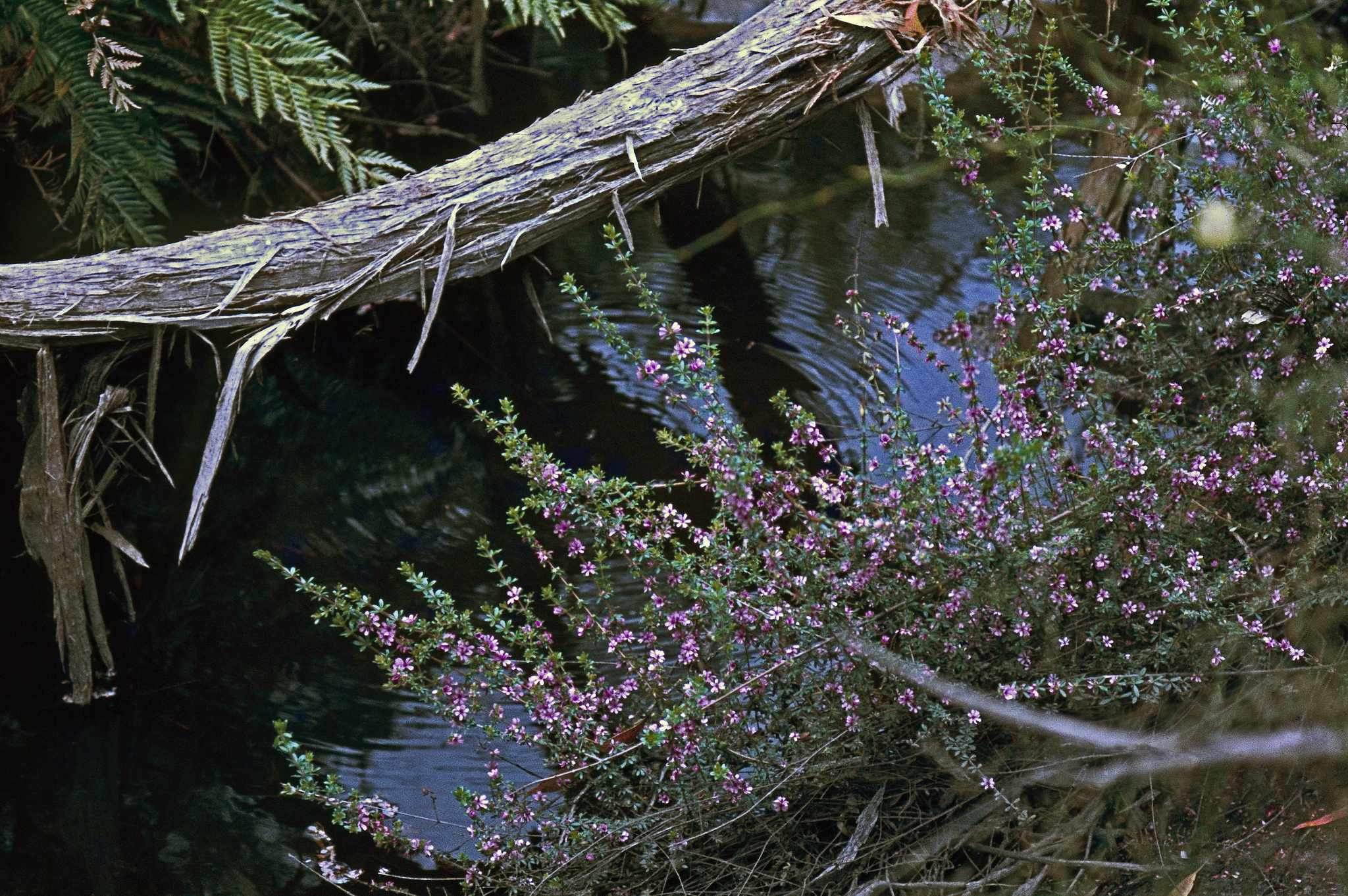
Trees, shrubs or occasionally climbers. Leaves opposite or whorled, rarely spirally arranged, palmate, pinnate or trifoliate, rarely simple, margins often with gland-tipped teeth, domatia sometimes present (in 3 genera); interpetiolar stipules often present, sometimes caducous leaving characteristic scars (absent in Bauera). Inflorescence a panicle, raceme or head, rarely flowers solitary in axils; flowers usually bisexual, regular, nectary disc sometimes present. Sepals (3–)4–5(–10), free or variously fused fused at the base, sometimes forming a cap on top the flower that is shed when the flower opens. Petals same number as, and alternating with the sepals, generally smaller or absent, occasionally united at the base. Stamens (4-)8-40, free. Carpels 2-5, free or united.ovary mostly superior with (1)2-5 chambers, rarely half-inferior, containing numerous ovules with axile or apical placentation. Fruit generally a capsule and septicidal, sometimes a nut or follicle, occasionally drupe-like, commonly winged or hairy.
Now includes Eucryphiaceae. This treatment follows Stevens, P.F. (2018, Angiosperm Phylogeny Website).
The following plants are rare in cultivation and/or grown mostly in warmer climate gardens and are not included in the key to genera. Ackama is grown as A. rosifolia from New Zealand, a shrub or small tree with clusters of minute, rose-like flowers and small leaves. Anodopetalum is a Tasmanian genus containing a single species, A. biglandulosum, a medium-sized shrub or small tree with flowers solitary or in groups of 2-3; it grows in Tasmania's rugged SW and requires cool temperatures with high rainfall. Cunonia capensis L., Spoonwood, a large shrub or small tree from S Africa, has compound leaves with serrated margins and flowers in long, spike-like clusters. The stipules are paired, large and distinctively paddle-shaped on young shoots. A fine specimen can be seen at Geelong Bot. Gds, Vic. Pseudoweinmannia is occasionally grown as the species P. lachnocarpa (F. Muell.) Engl., Rose Marara, which is a rainforest tree from NSW and Qld with leaves of 3 stalkless leaflets. Vesselowskya is a genus of 1 species which is endemic to Australia: V. rubifolia (F. Muell.) Pampan., Southern Marara, from NSW, which has leaves divided into 3-5 palmate leaflets without domatia. Weinmannia is occasionally grown as the two tree species that are endemic to New Zealand, W. racemosa L. f., Towai, and W. silvicola A. Cunn., Kamahi.
A southern hemisphere family of 29 genera and about 280 species with centres of distribution in Oceania, Australia, New Guinea and New Caledonia but some genera also in S America and S Africa. Australia has 15 genera comprising about 38 species.
Some species produce a light timber, notably Ceratopetalum gummiferum Sm. in Australia. Callicoma serratifolia Andrews has been used as the basic structural wood for 'wattle and daub' huts. The bark of some species is a source of tannin. The nectar of Eucryphia lucida is extremely attractive to bees, and is the source of Leatherwood honey.
May be recognised by their opposite, usually odd-pinnately compound leaves with serrate leaflets and well-developed often intrapetiolar stipules, which are often large and prominent, sometimes spoon-shaped. The flowers are often quite small and the filaments are notably longer than the petals. The fruit, when a capsule, is septicidal.
Source: (2002). Cunoniaceae. In: . Horticultural Flora of South-eastern Australia. Volume 3. Flowering plants. Dicotyledons. Part 2. The identification of garden and cultivated plants. University of New South Wales Press.
Updated by: Val Stajsic, March 2018
